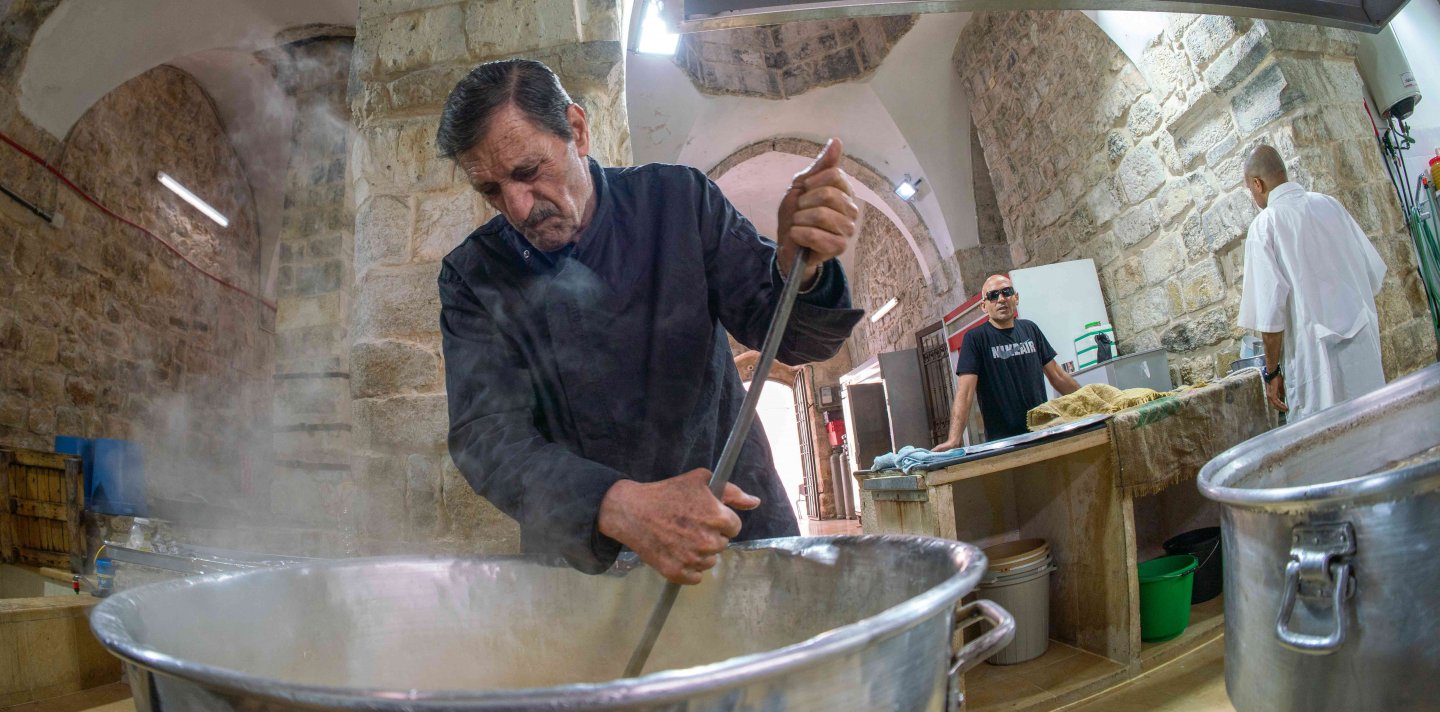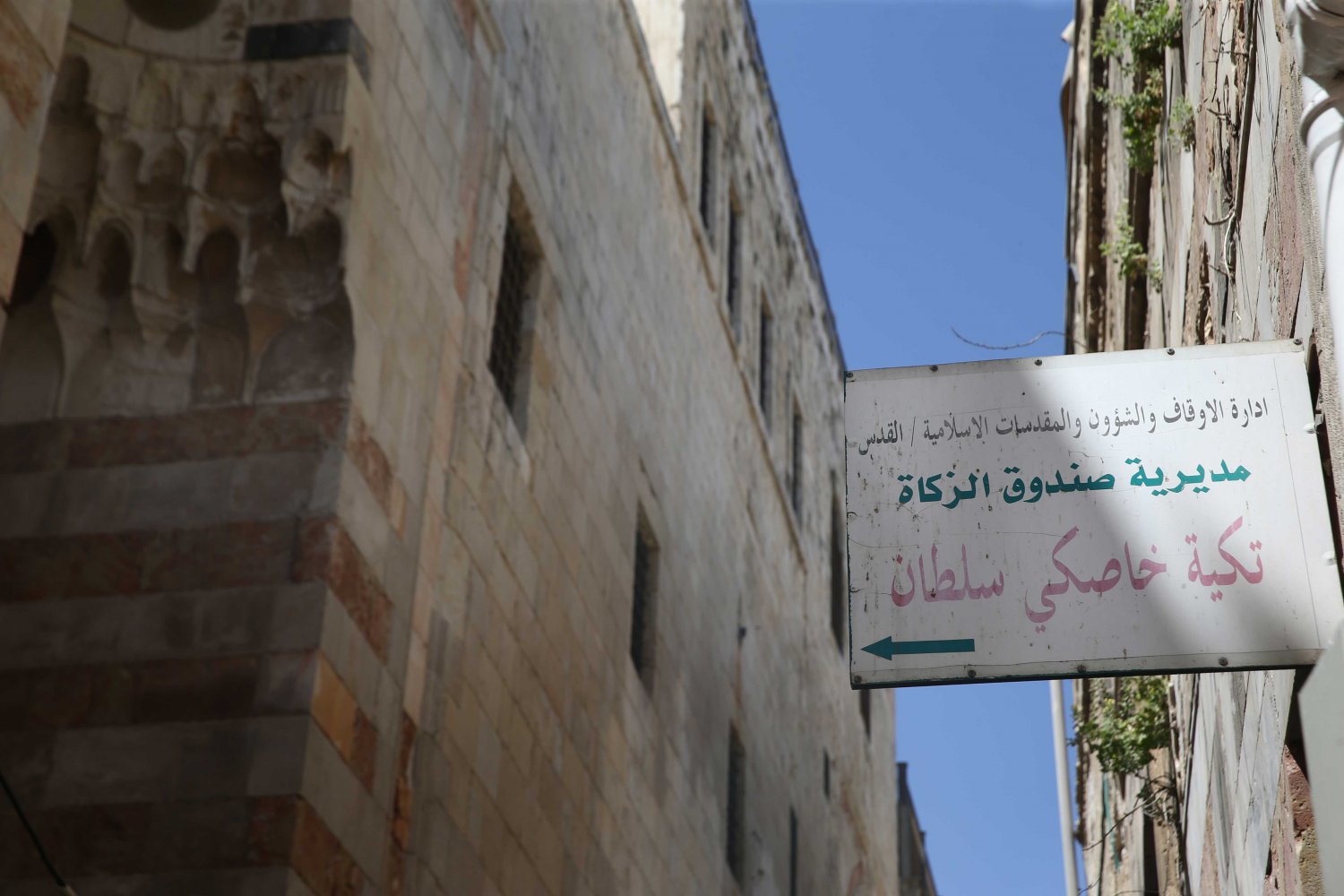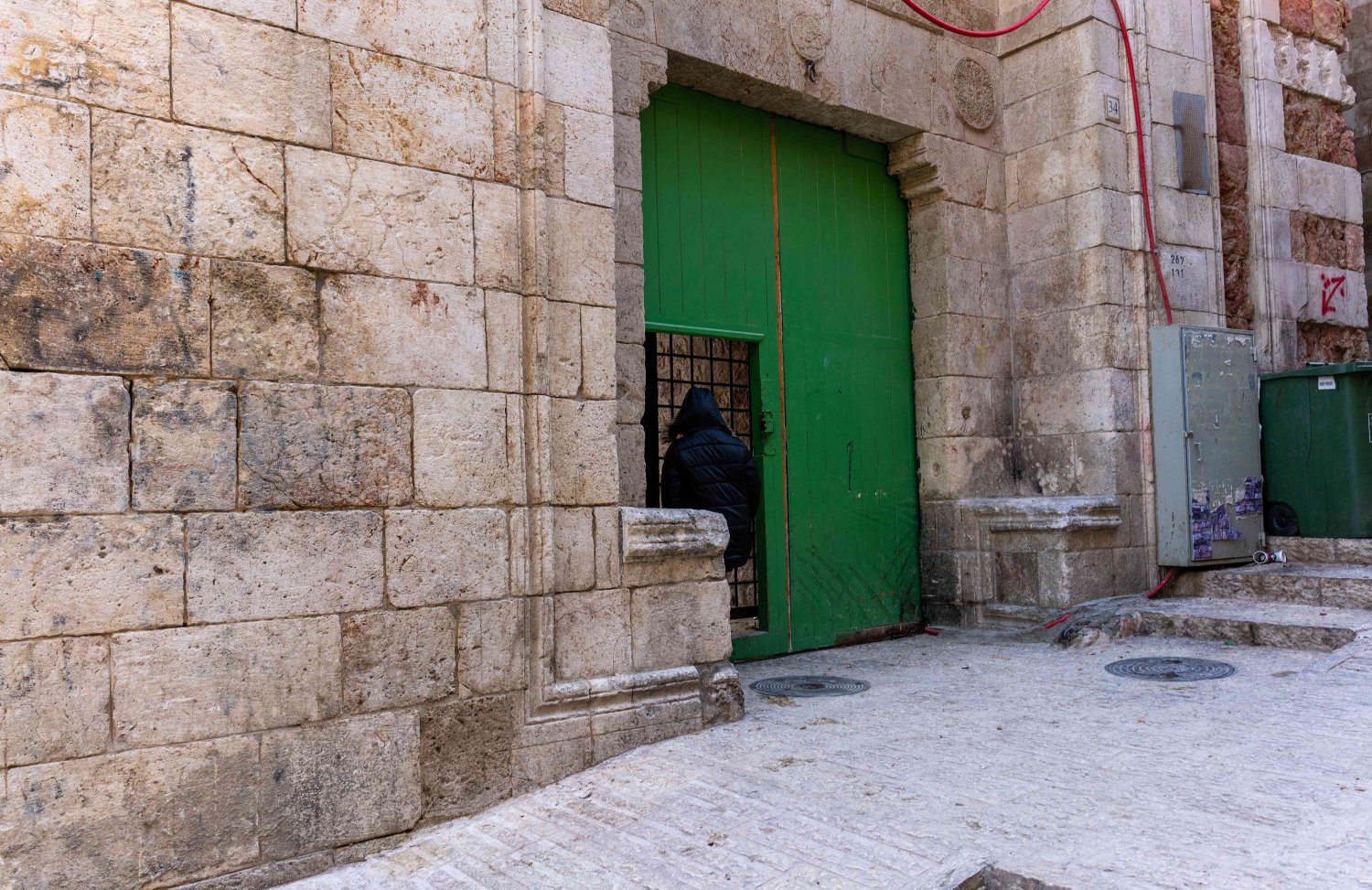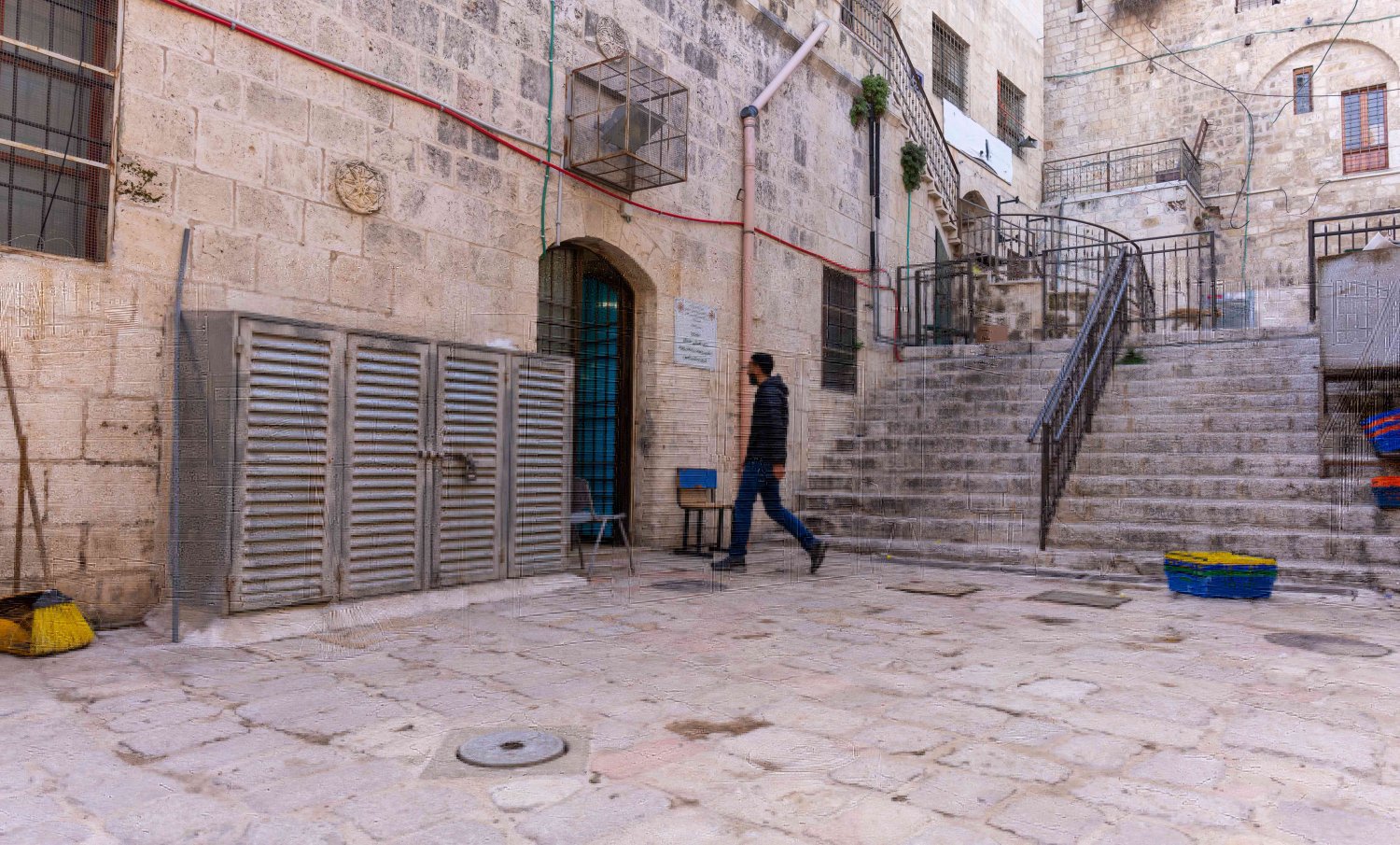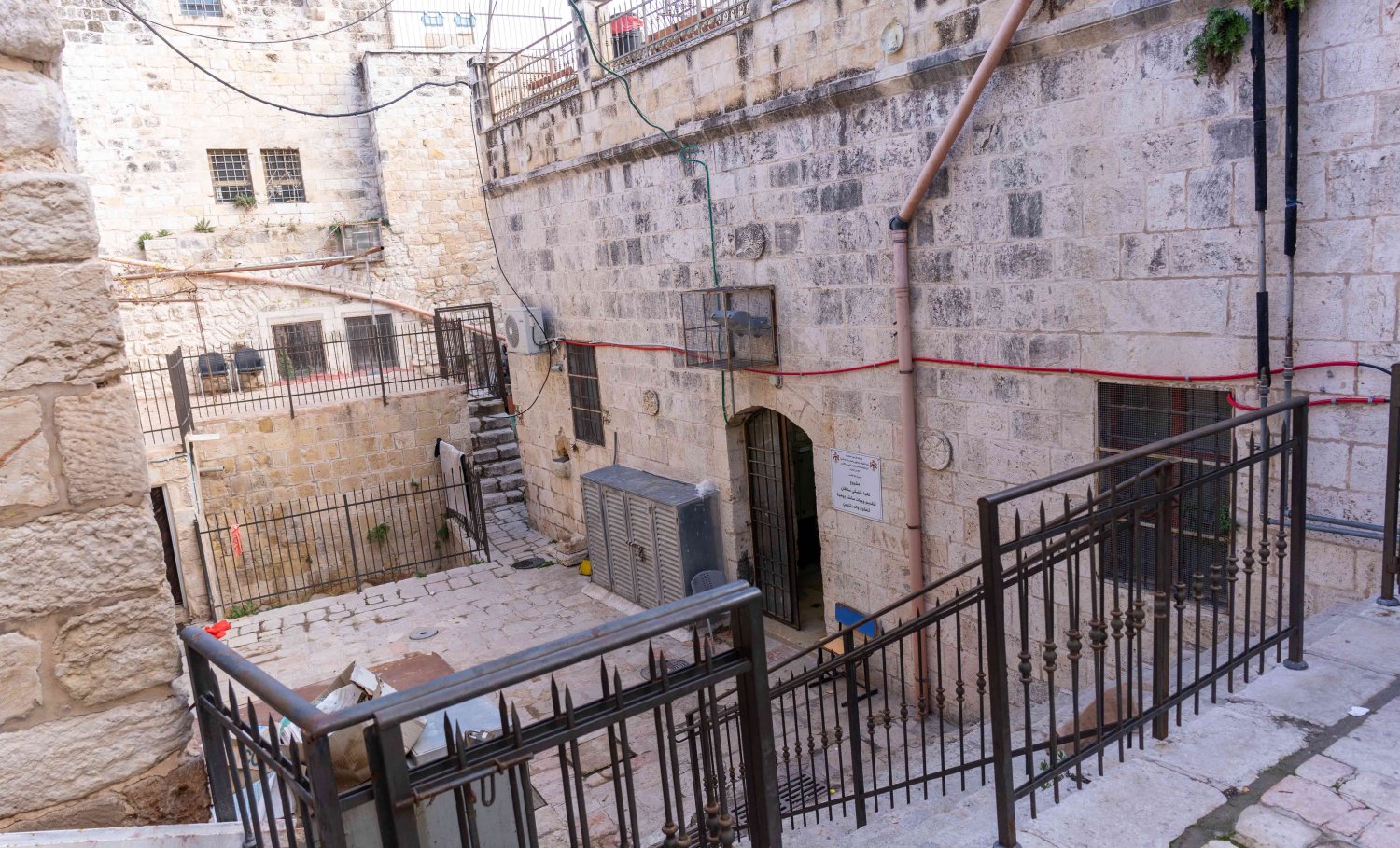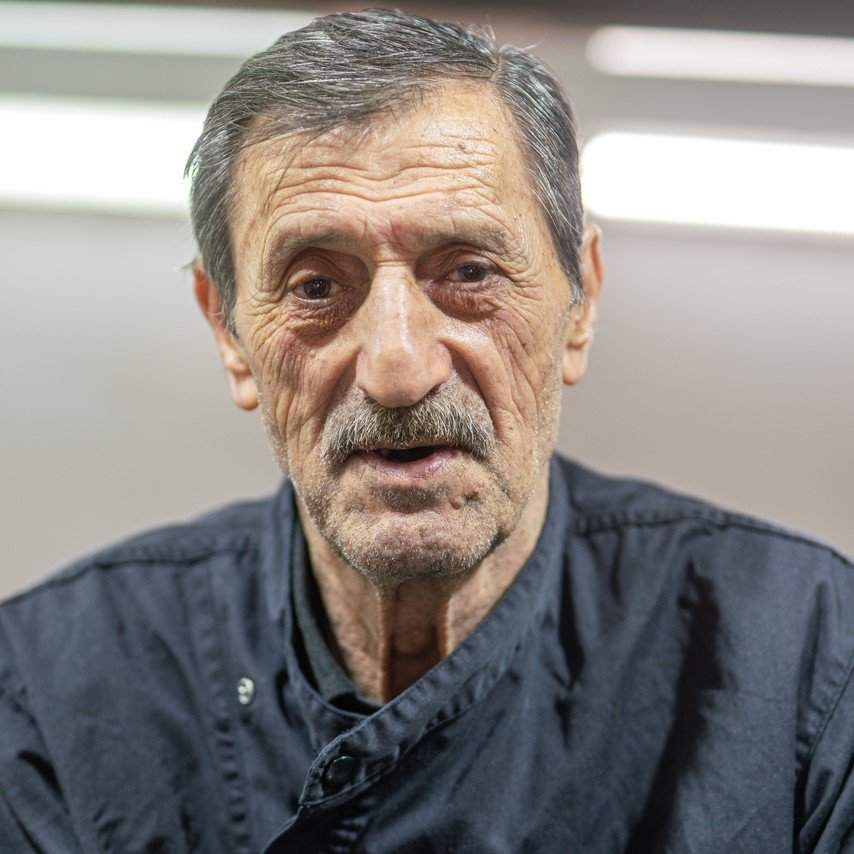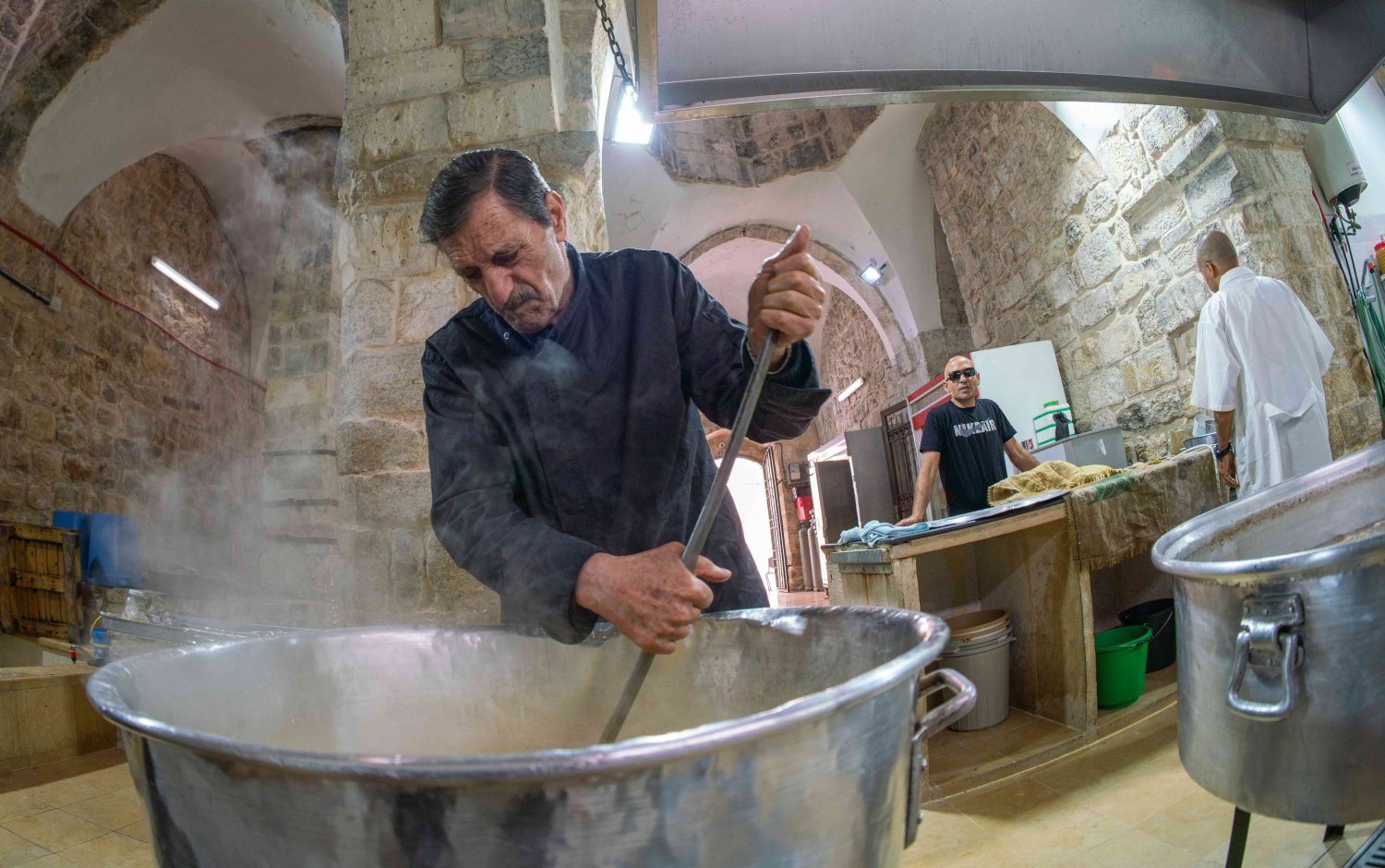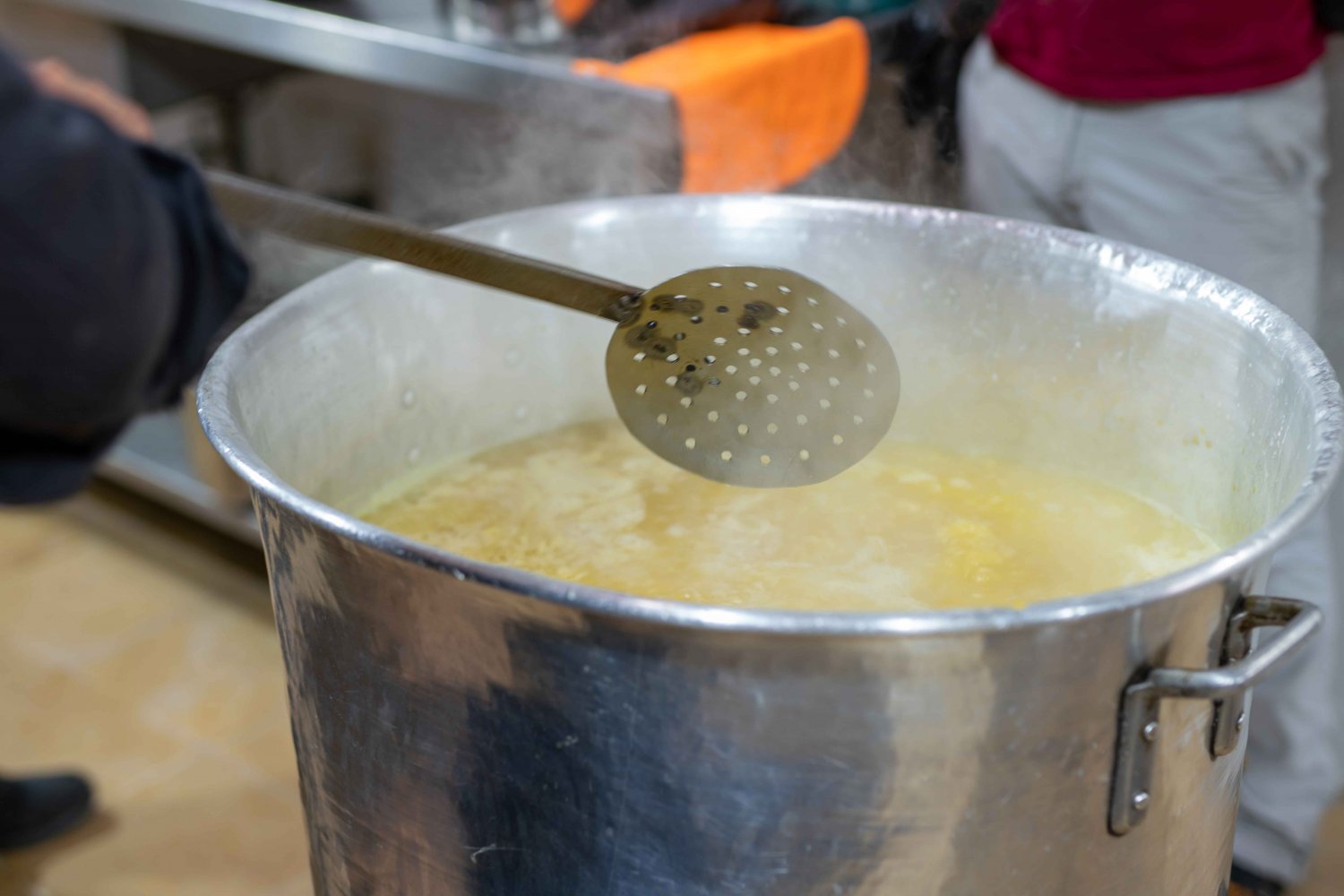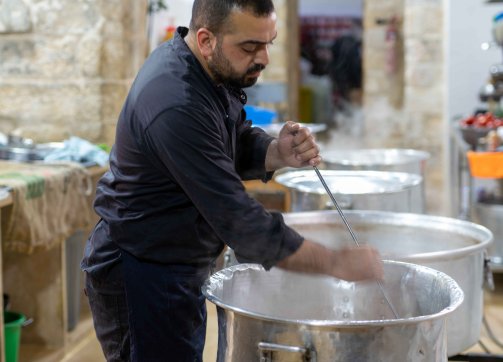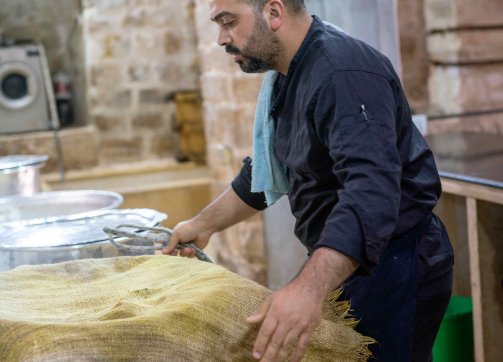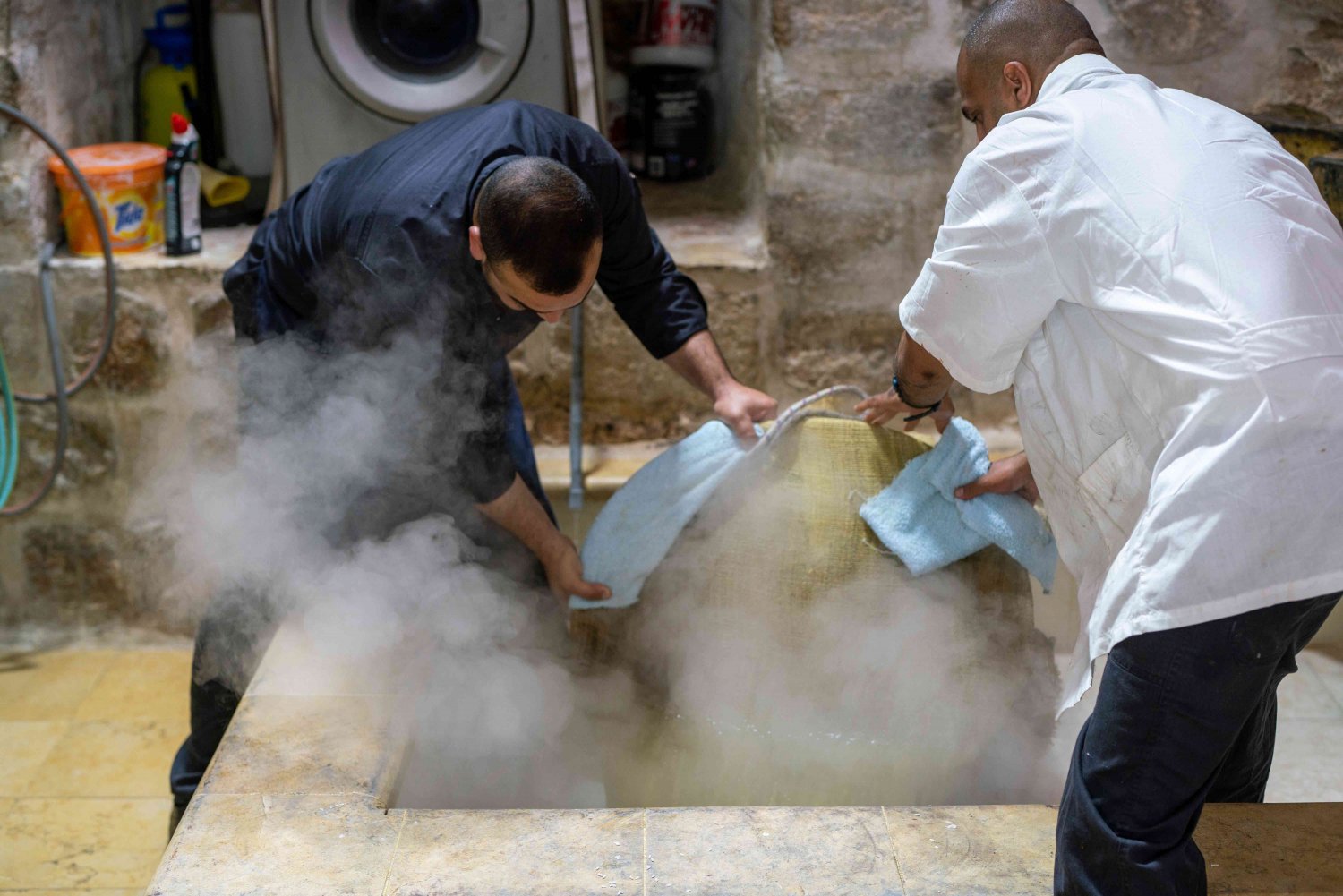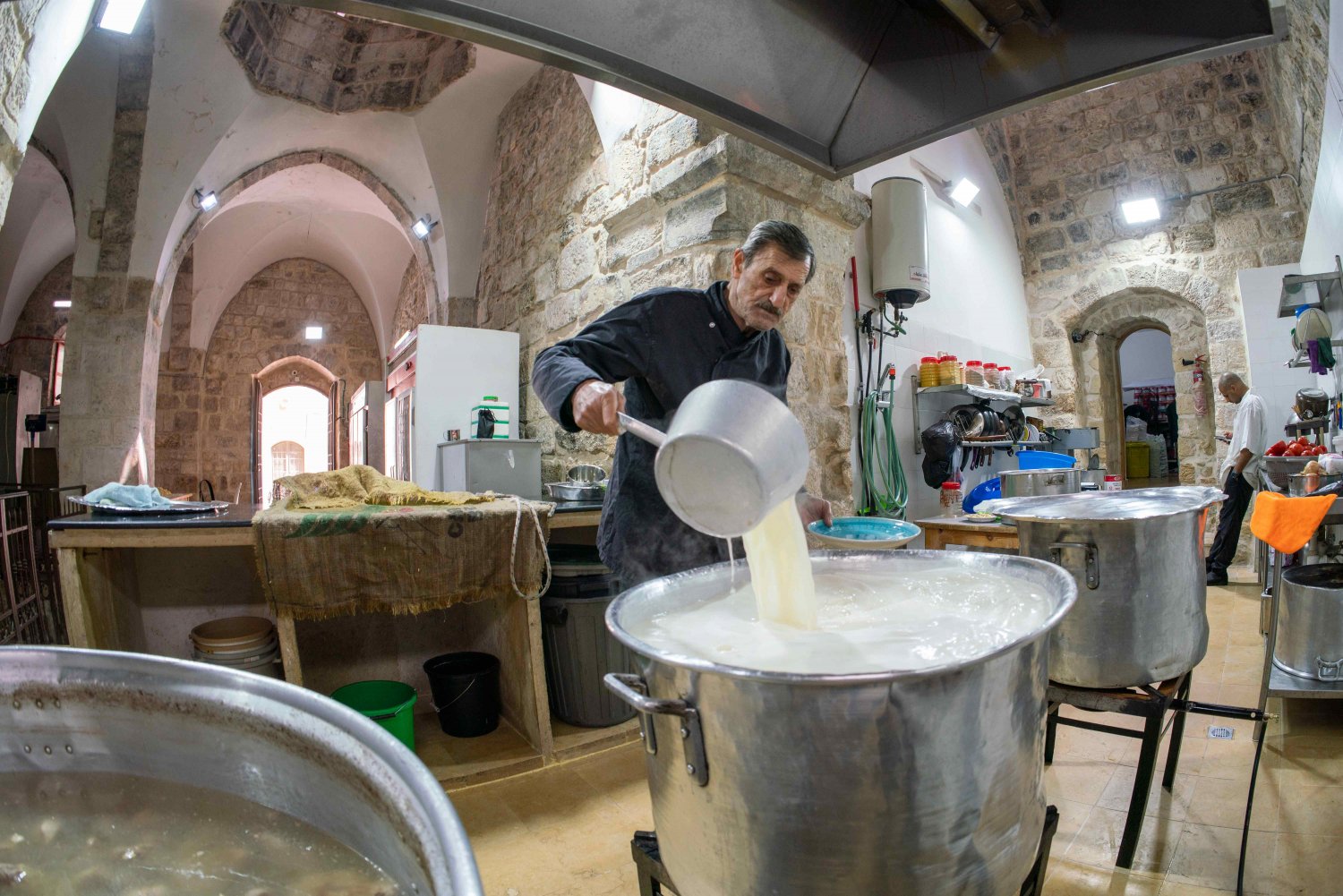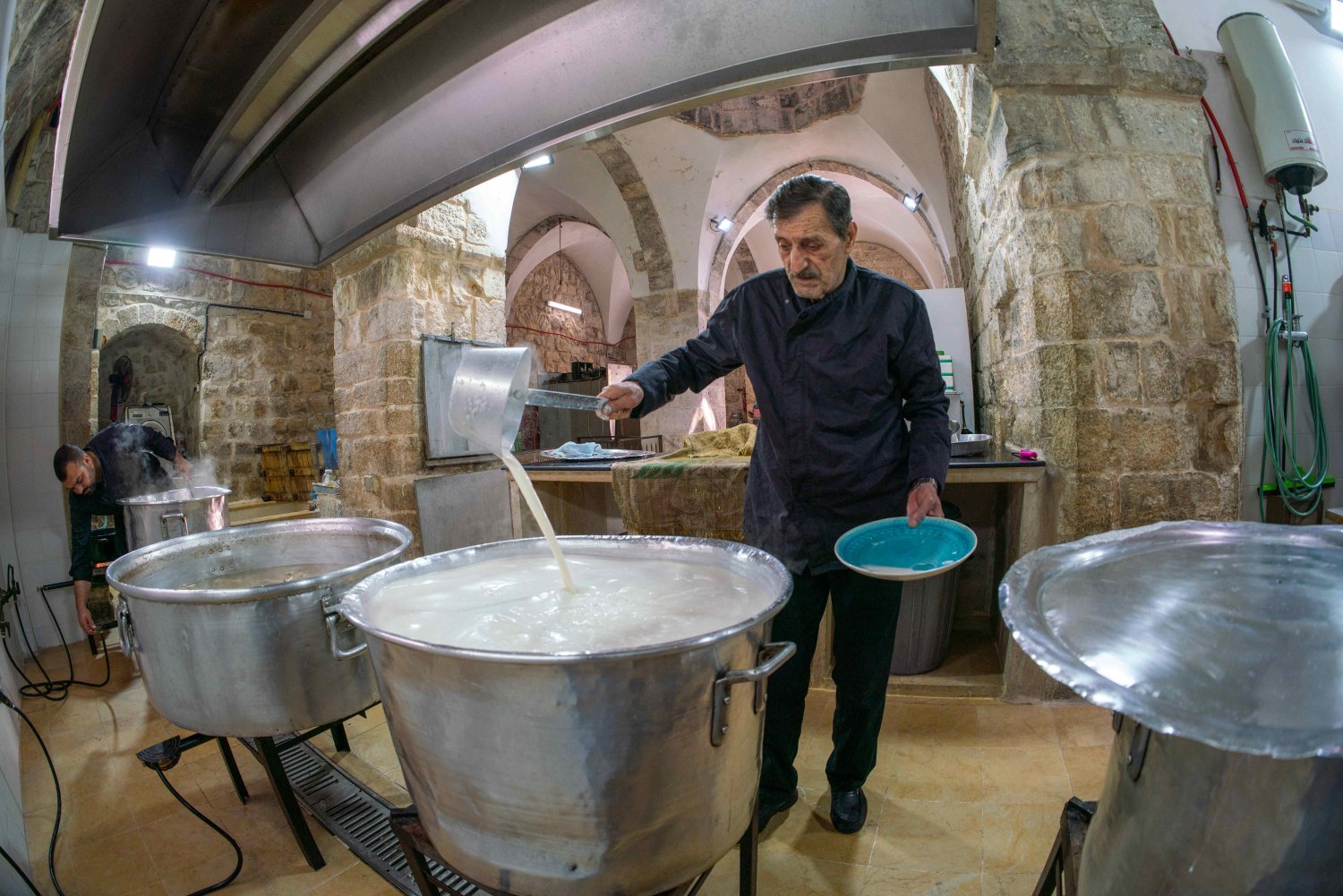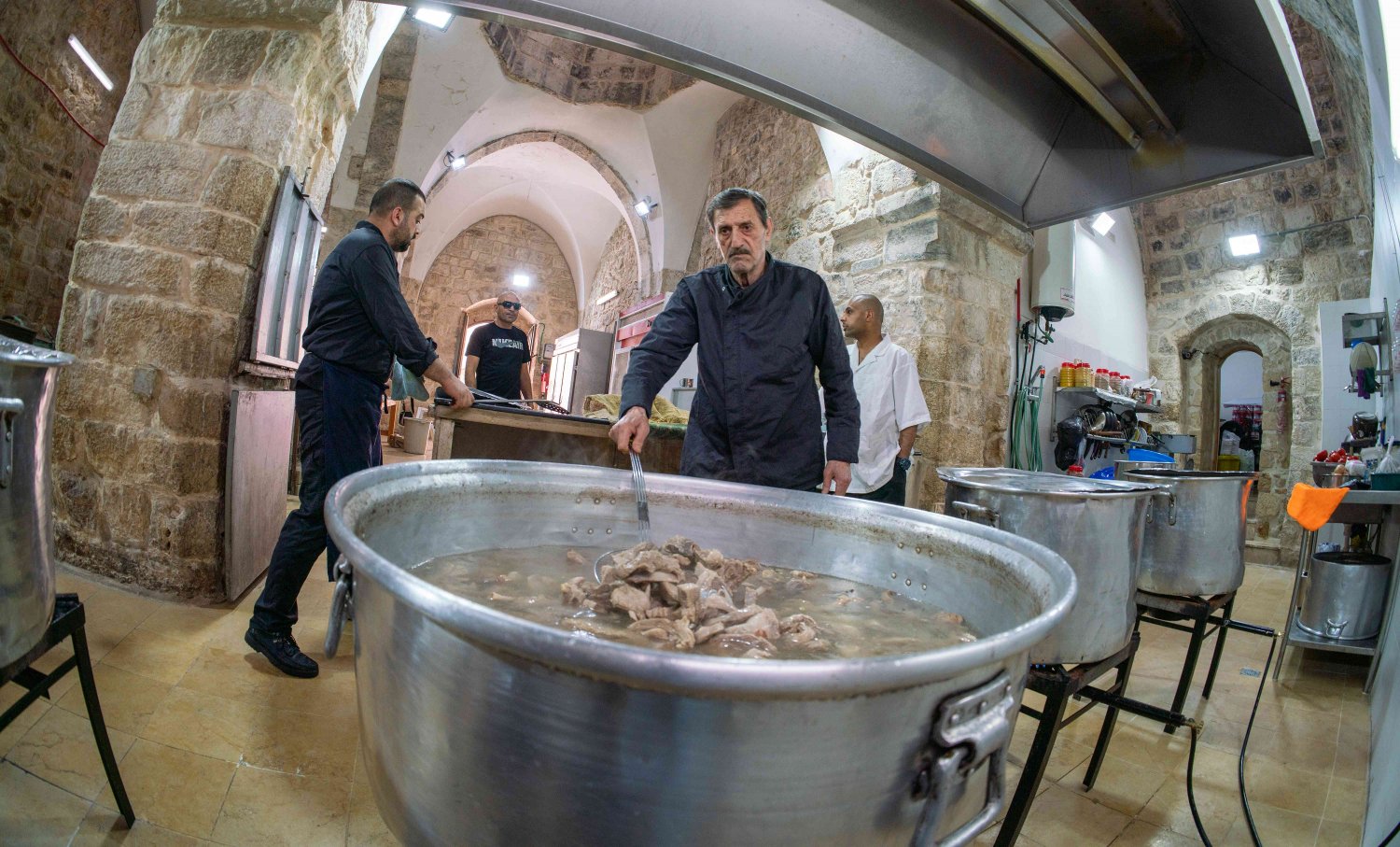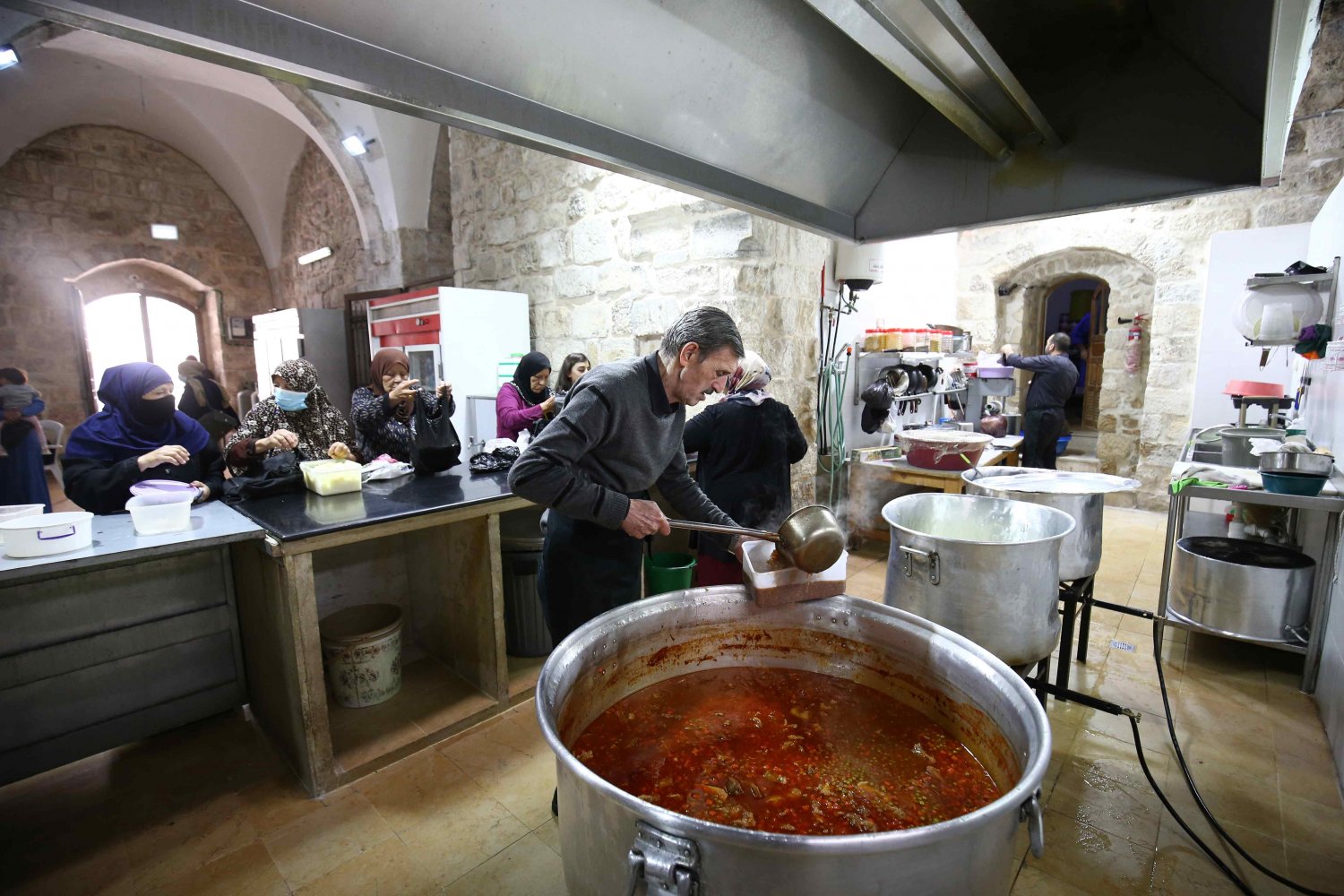Introduction
Centuries ago, the sultan’s wife took an interest in feeding the poor in Jerusalem. Purchased by his mother as a slave from the area that today is Ukraine, Roxelana, as she was known, was enslaved during raids on the area that is today Ukraine and brought to the Ottoman palace. The sultan’s mother purchased her and gifted her to her son, Suleiman, when he was in his early twenties. Roxelana utterly captured the sultan’s heart, and when he became sultan in his late twenties, he married her. The title he bestowed on her was Khaski Hurrem Sultan, which translates to “Sultan’s Own Joy.” He declared she would be his one and only wife.
Hurrem Sultan went on to become one of the most powerful women in Ottoman history. Among her many other works and interests, in her later years, she founded several charitable works and institutions in Constantinople and elsewhere across the Ottoman Empire, including Jerusalem.
One of these was an endowed a massive charitable waqf complex in Jerusalem’s Old City that consists of a school, a mosque, and a soup kitchen. Named Khaski Sultan after its benefactress, the waqf was established on May 24, 1552, and today approaches its 500th birthday.
This spot is dear to photographer Muath al-Khatib, who takes us behind the scenes to find out what’s cooking.

